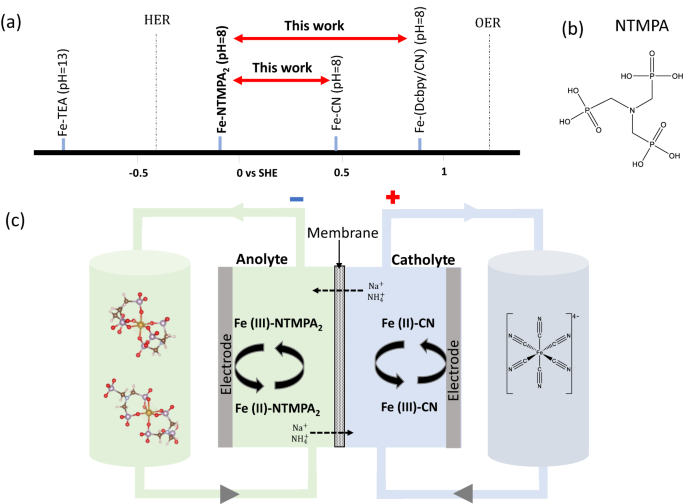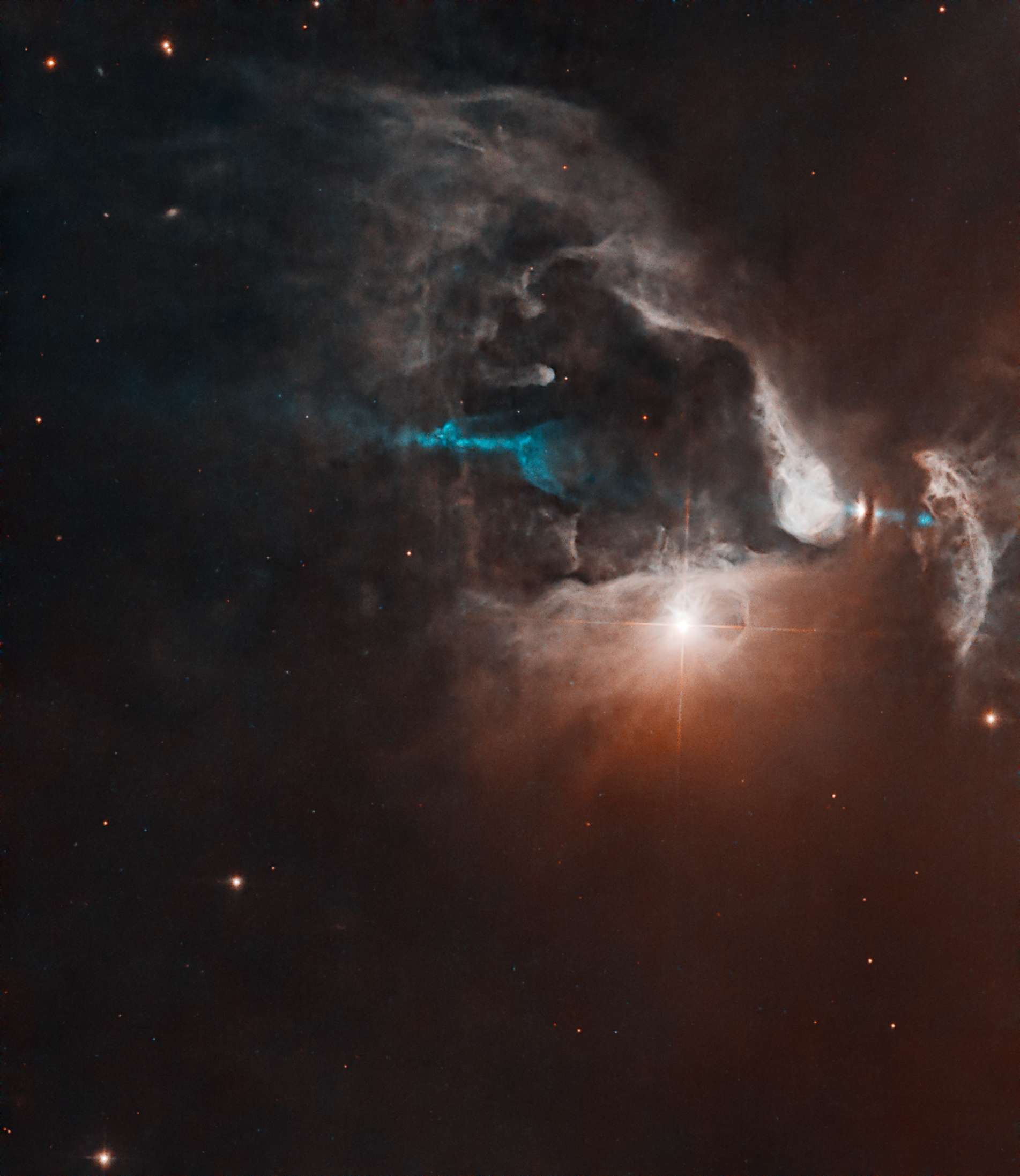2024-03-25 パシフィック・ノースウェスト国立研究所(PNNL)
<関連情報>
- https://www.pnnl.gov/news-media/new-all-liquid-iron-flow-battery-grid-energy-storage
- https://www.nature.com/articles/s41467-024-45862-3
ホスホン酸塩をベースとする鉄錯体による、費用対効果が高く長サイクルの水性鉄還元フロー電池の開発 Phosphonate-based iron complex for a cost-effective and long cycling aqueous iron redox flow battery
Gabriel S. Nambafu,Aaron M. Hollas,Shuyuan Zhang,Peter S. Rice,Daria Boglaienko,John L. Fulton,Miller Li,Qian Huang,Yu Zhu,David M. Reed,Vincent L. Sprenkle & Guosheng Li
Nature Communications Published:25 March 2024
DOI:https://doi.org/10.1038/s41467-024-45862-3

Abstract
A promising metal-organic complex, iron (Fe)-NTMPA2, consisting of Fe(III) chloride and nitrilotri-(methylphosphonic acid) (NTMPA), is designed for use in aqueous iron redox flow batteries. A full-cell testing, where a concentrated Fe-NTMPA2 anolyte (0.67 M) is paired with a Fe-CN catholyte, demonstrates exceptional cycling stability over 1000 charge/discharge cycles, and noteworthy performances, including 96% capacity utilization, a minimal capacity fade rate of 0.0013% per cycle (1.3% over 1,000 cycles), high Coulombic efficiency and energy efficiency near 100% and 87%, respectively, all achieved under a current density of 20 mA·cm–². Furthermore, density functional theory unveils two potential coordination structures for Fe-NTMPA2 complexes, improving the understanding between the ligand coordination environment and electron transfer kinetics. When paired with a high redox potential Fe-Dcbpy/CN catholyte, 2,2′-bipyridine-4,4′-dicarboxylic (Dcbpy) acid and cyanide (CN) ligands, Fe-NTMPA2 demonstrates a notably elevated cell voltage of 1 V, enabling a practical energy density of up to 9 Wh/L.



